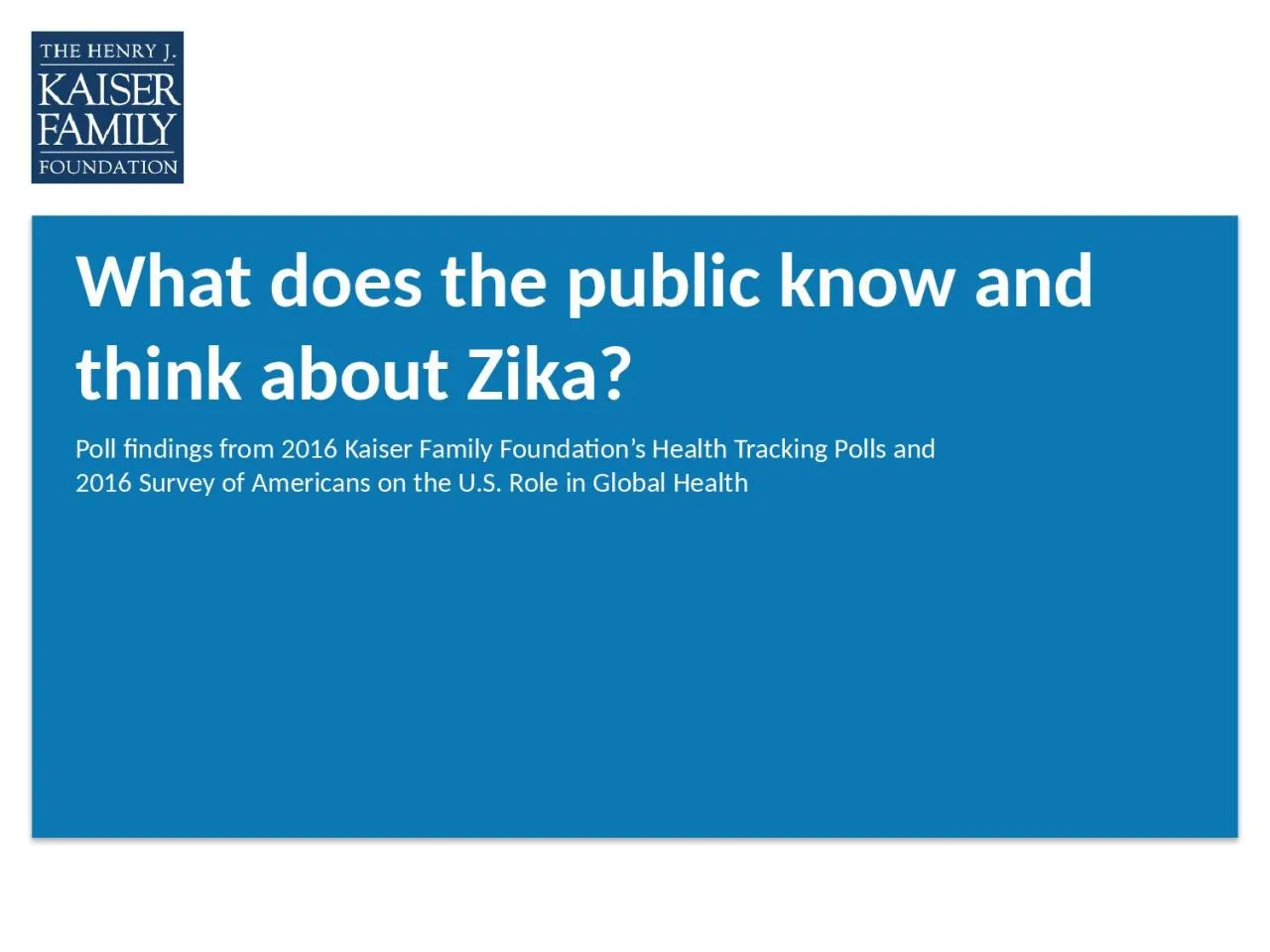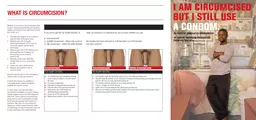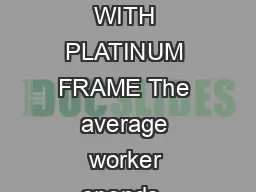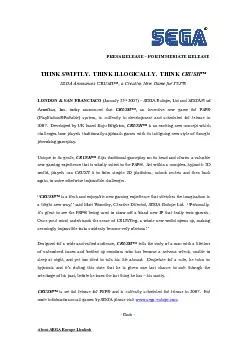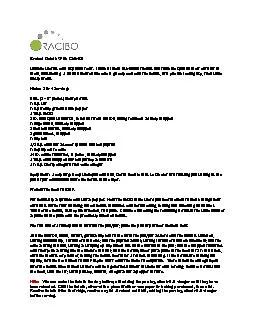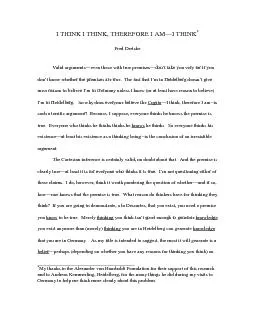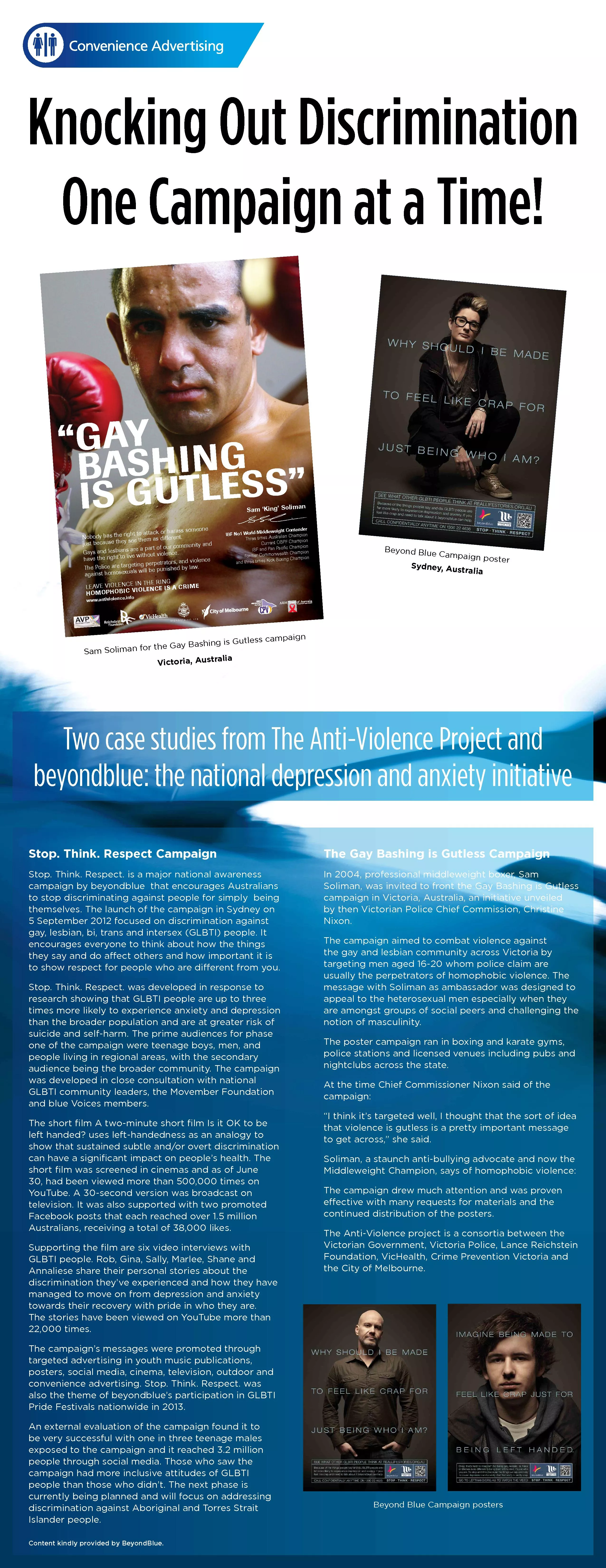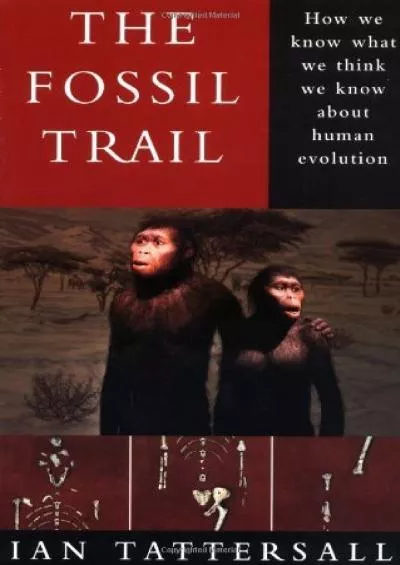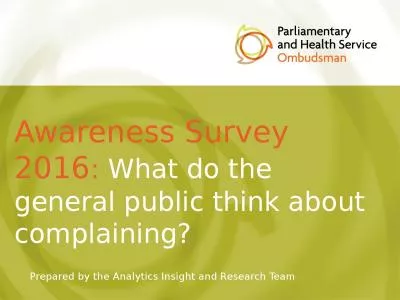PPT-What does the public know and think about
Author : carla | Published Date : 2022-05-31
Zika Poll findings from 2016 Kaiser Family Foundations Health Tracking Polls and 2016 Survey of Americans on the US Role in Global Health SOURCE Kaiser Family
Presentation Embed Code
Download Presentation
Download Presentation The PPT/PDF document "What does the public know and think abou..." is the property of its rightful owner. Permission is granted to download and print the materials on this website for personal, non-commercial use only, and to display it on your personal computer provided you do not modify the materials and that you retain all copyright notices contained in the materials. By downloading content from our website, you accept the terms of this agreement.
What does the public know and think about: Transcript
Download Rules Of Document
"What does the public know and think about"The content belongs to its owner. You may download and print it for personal use, without modification, and keep all copyright notices. By downloading, you agree to these terms.
Related Documents

